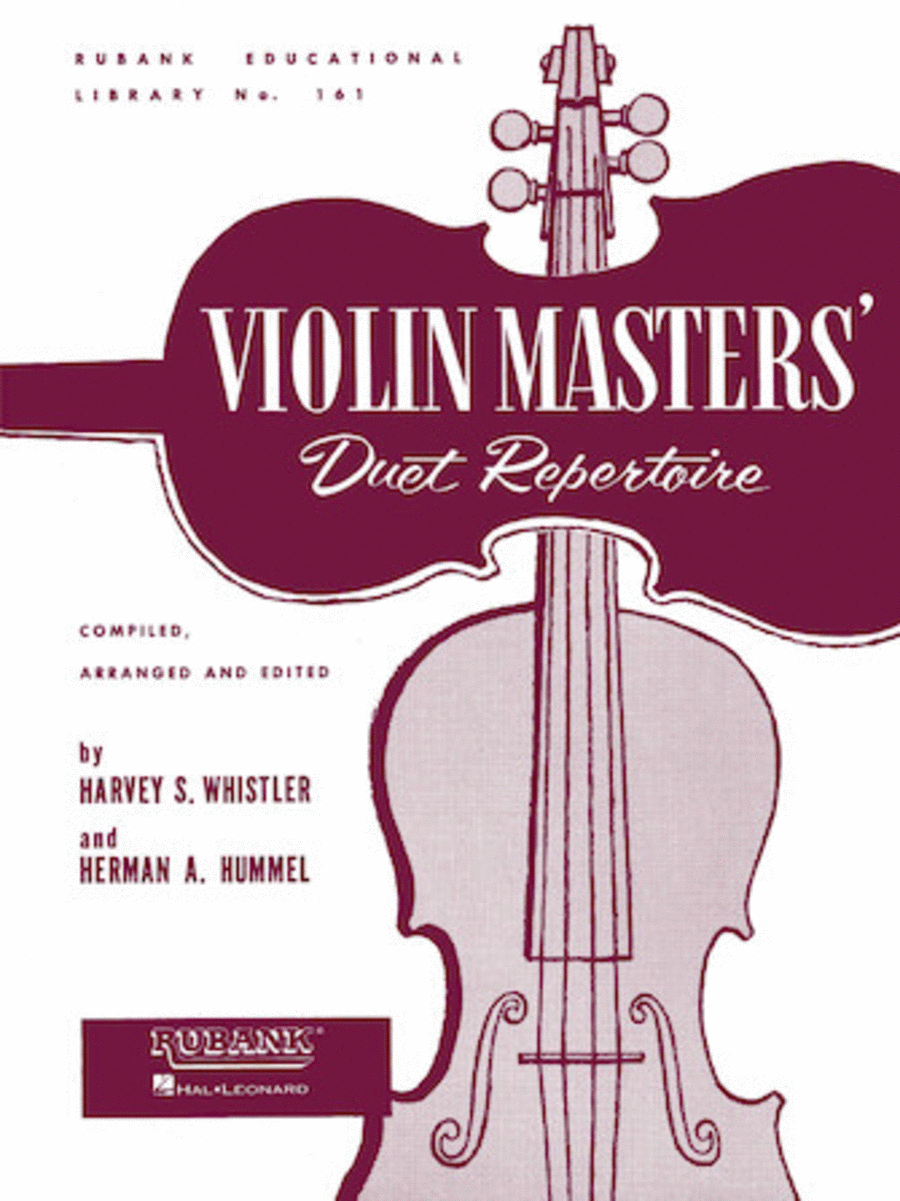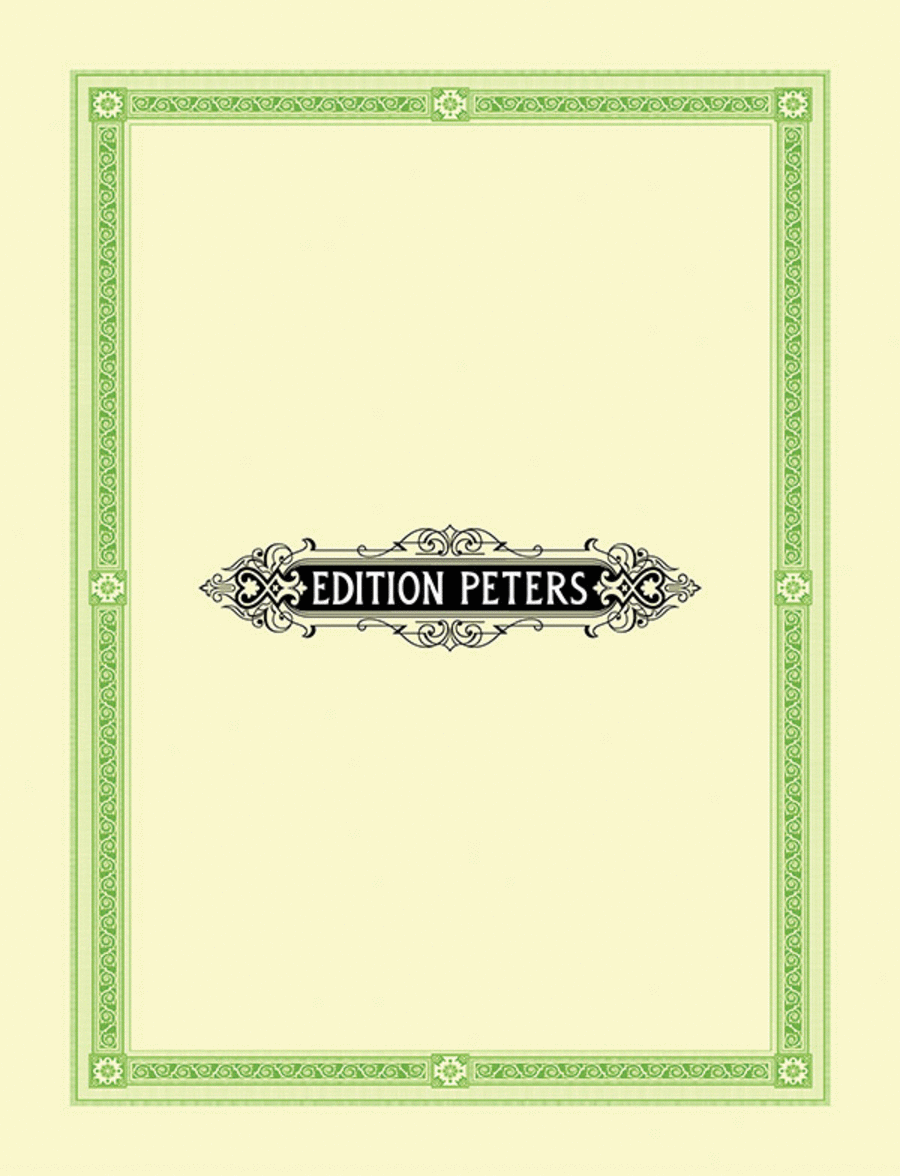Bach wrote the chorale cantata in his second year in
Leipzig for the First Sunday after Epiphany. The
prescribed readings for the Sunday were taken from the
Epistle to the Romans, speaking of the duties of a
Christian (Romans 12:1–6), and from the Gospel of
Luke, the finding in the Temple (Luke 2:41–52).
A year earlier, on the same occasion, Bach had
reflected Mein liebster Jesus ist verloren, BWV 154,
from the point of view of a person who had lost Jesus.
This cantata text is base...(+)
Bach wrote the chorale cantata in his second year in
Leipzig for the First Sunday after Epiphany. The
prescribed readings for the Sunday were taken from the
Epistle to the Romans, speaking of the duties of a
Christian (Romans 12:1–6), and from the Gospel of
Luke, the finding in the Temple (Luke 2:41–52).
A year earlier, on the same occasion, Bach had
reflected Mein liebster Jesus ist verloren, BWV 154,
from the point of view of a person who had lost Jesus.
This cantata text is based on the chorale in six
stanzas by Christian Keymann (1658). The text of the
hymn begins, as in the former work, with an idea close
to the gospel: the Christian does not want to let go of
Jesus, as his parents had wished not to lose their
12-year-old boy, but then the chorale pursues the
thought of being united with Jesus after death. An
unknown poet kept the first and the last stanza, and
paraphrased the inner stanzas to a sequence of as many
recitatives and arias. Bach first performed the cantata
on 7 January 1725, one day after Liebster Immanuel,
Herzog der Frommen, BWV 123, for Epiphany.
In the opening chorus the soprano and the horn present
line by line the cantus firmus, a melody by Andreas
Hammerschmidt, who collaborated with Keymann on
chorales. The lower voices are set mostly in homophony,
while the orchestra plays its own themes in
introduction, interludes and accompaniment. The
character of the movement is a minuet, and the oboe
d'amore takes a virtuosic concertante leading part. The
phrase "klettenweis an ihm zu kleben" (cling to him
like a burr) is illustrated by all three lower voices
holding a note for three measures as if clinging to it.
John Eliot Gardiner notes the "gentle, almost naïve
tone of voice to reflect the submissive character of
the text". A short secco recitative leads to a tenor
aria, which is accompanied by the oboe, while the
strings play "a persistent four-note drumming" to
express "Furcht und Schrecken" (fear and terror).
Alfred Dürr compares these repetitions to similar
figures in the alto recitative "Warum wollt ihr
erschrecken", movement 49 of Bach's Christmas Oratorio,
Part V. In another secco recitative the term "nach
vollbrachtem Lauf" (after my completed course) is
pictured by a scale spanning an octave. A duet of
soprano and alto, only accompanied by the continuo,
moves like a dance in simple periods of four measures.
The cantata is closed by the final stanza in a
four-part setting.
Although originally scored for four soloists, soprano,
alto, tenor, and bass, a four-part choir, horn to play
the cantus firmus with the soprano, oboe d'amore, two
violins, viola, and basso continuo, I created this
arrangement for Solo Violin and Strings (2 Violins,
Viola & Cello).












